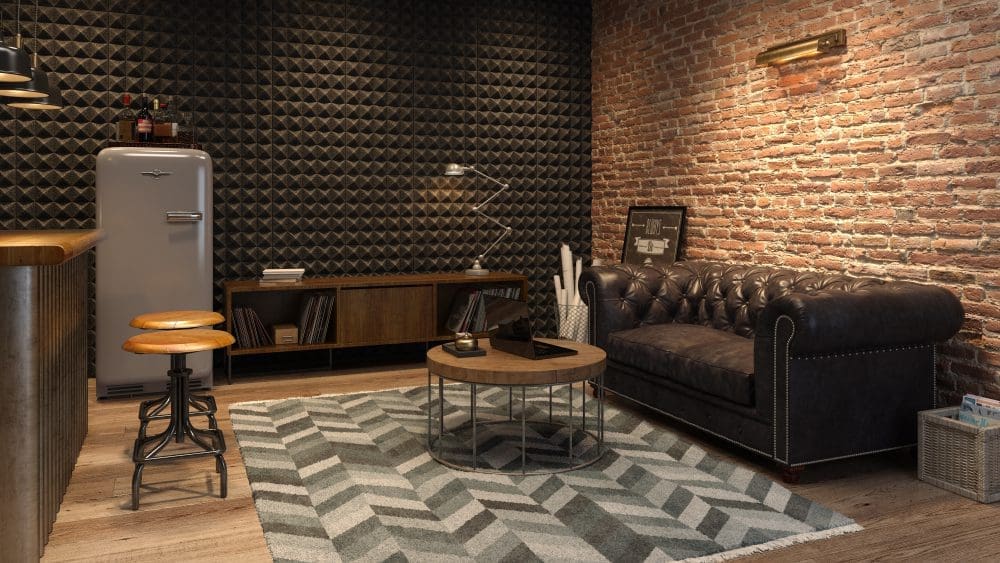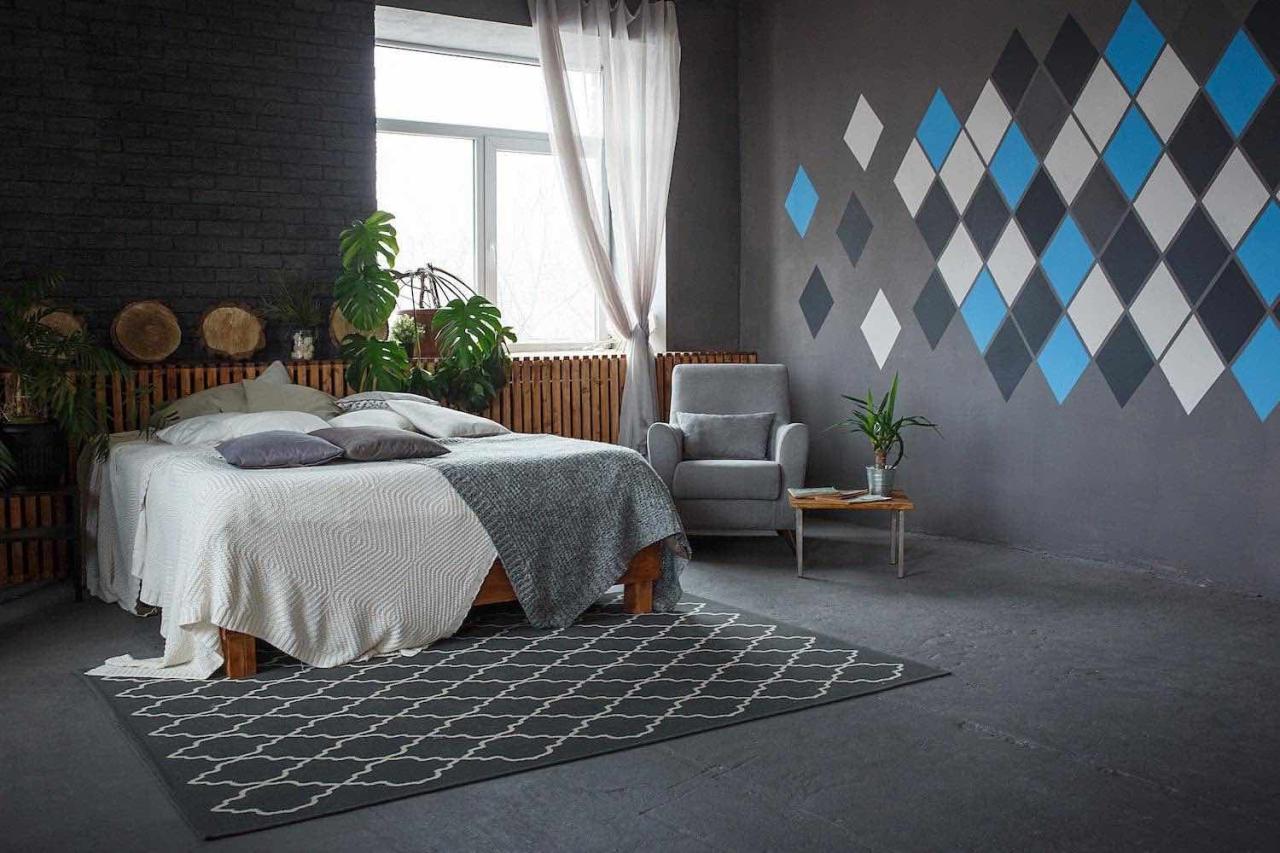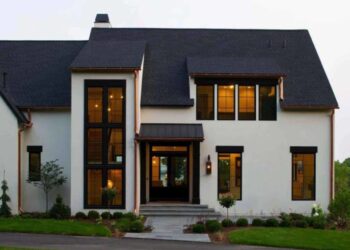Why Silence is Golden

The growing emphasis on soundproofing is a direct response to the pervasive and often detrimental impact of noise pollution on our daily lives. Understanding these impacts highlights the critical importance of effective sound control.
A. Impact on Cognitive Function and Productivity:
A. Reduced Concentration: Constant or sudden noises (e.g., traffic, office chatter, loud neighbors) are major distractions that fragment attention, making it difficult to concentrate on tasks, learn new information, or engage in deep work.
B. Impaired Memory: Noise can interfere with working memory and the ability to process complex information, leading to errors and reduced efficiency.
C. Lower Productivity: Frequent interruptions and the mental effort required to filter out unwanted sounds significantly reduce overall productivity in both work and study environments.
D. Decreased Creativity: A noisy environment inhibits the kind of relaxed, focused state often conducive to creative thought and problem-solving.
B. Detrimental Health and Well-being Effects:
A. Increased Stress and Anxiety: Chronic exposure to noise pollution elevates cortisol levels, increases heart rate, and can lead to heightened feelings of stress, irritability, and anxiety. Even background noise that we “tune out” can still have a physiological impact.
B. Sleep Disruption: Noise, particularly at night, is a major cause of sleep disturbance, leading to fatigue, reduced immune function, and an increased risk of chronic diseases. Even low-level noise can prevent deep sleep cycles.
C. Cardiovascular Issues: Long-term exposure to high noise levels, especially from traffic, has been linked to an increased risk of hypertension, heart disease, and stroke.
D. Hearing Impairment: Prolonged exposure to excessively loud noises (e.g., in industrial settings or recreational venues) can cause permanent hearing damage. While office noise is rarely this extreme, cumulative effects can still be detrimental.
E. Communication Breakdown: Excessive noise makes verbal communication difficult, leading to misinterpretations, frustration, and the need for louder speech, which exacerbates the problem.
C. Evolving Office and Home Dynamics:
A. Open-Plan Office Challenges: While designed for collaboration, open-plan offices often suffer from significant noise issues (chatter, phone calls, keyboard clicking) that reduce individual focus and privacy. Soundproofing is crucial for mitigating these downsides.
B. Hybrid and Remote Work: With more people working from home, the need for quiet, professional workspaces within residential dwellings has become paramount. Home offices require solutions to block out household noise and external distractions.
C. Urban Density: As cities become more densely populated, homes are often closer to busy streets, public transport, and noisy neighbors, making effective sound insulation a necessity for peaceful living.
D. Multi-Generational Living: Homes with diverse age groups (children, adults, seniors) have varied needs for quiet zones, requiring strategic acoustic separation to maintain harmony.
Core Principles of Soundproofing
Soundproofing is a complex science involving several interconnected principles that aim to prevent sound waves from transmitting from one space to another or to reduce noise within a space.
A. Mass and Density (Blocking Sound)
The most fundamental principle: the heavier and denser a material, the better it is at blocking airborne sound transmission.
A. Increased Mass: Using heavy, dense materials like concrete, multiple layers of drywall (especially different thicknesses), mass loaded vinyl (MLV), or soundproof plasterboard.
B. Adding Layers: Doubling or tripling the layers of common building materials (e.g., adding a second layer of drywall to a wall or ceiling) significantly improves sound blocking.
C. Dense Fillers: Filling wall cavities with dense insulation (e.g., mineral wool, blown-in cellulose) instead of standard fiberglass batt insulation.
B. Decoupling (Breaking the Connection)
Preventing sound vibrations from transferring through solid structures.
A. Double-Stud Walls: Building two separate, non-connecting wall frames with an air gap between them. This creates a “room within a room” effect, preventing vibrations from directly transferring.
B. Resilient Channels/Sound Clips: Metal channels or clips that are attached to studs or joists, creating a small air gap between the frame and the drywall. This decouples the drywall from the structure, reducing vibrational transfer.
C. Floating Floors: Constructing a new floor layer that is isolated from the existing subfloor and joists using resilient mats, rubber pads, or springs. This prevents impact noise (footfalls, dropped objects) from traveling through the floor structure.
D. Acoustic Door and Window Seals: Using weatherstripping, sweeps, and gaskets around doors and windows to create an airtight seal, preventing sound from leaking through gaps.
C. Damping (Converting Vibrations)
Using materials that absorb vibrational energy and convert it into heat.
A. Viscoelastic Materials: Applying specialized compounds or sheets (like green glue or mass loaded vinyl) between layers of rigid materials (e.g., drywall) to significantly reduce the resonance and vibration of the assembly.
B. Constrained Layer Damping (CLD): A technique where a damping material is sandwiched between two stiffer layers, effectively reducing the vibration of the entire composite.
D. Absorption (Reducing Reverberation)
Using porous materials to absorb sound waves within a space, reducing echo and reverberation, thereby improving acoustic comfort and speech intelligibility. This is different from blocking sound.
A. Acoustic Panels: Wall-mounted or ceiling-mounted panels made of porous materials like fiberglass, mineral wool, or foam, covered in fabric. They trap sound waves, preventing them from bouncing back.
B. Soft Furnishings: Incorporating thick carpets, heavy curtains, upholstered furniture, and large rugs helps absorb sound within a room.
C. Perforated Materials: Using perforated drywall, wood panels, or ceiling tiles with a porous backing to allow sound to enter and be absorbed.
D. Bookshelves and Textiles: Densely packed bookshelves and various textile elements (tapestries, blankets) can also contribute to sound absorption.
E. Sealing (Preventing Leaks)
Addressing small gaps that can undermine even the best soundproofing efforts.
A. Airtightness: Sound travels through air. Sealing all cracks, gaps, and penetrations (e.g., around electrical outlets, light fixtures, pipes, and ducts) with acoustic caulk, expanding foam, or backer boxes is critical.
B. Solid Core Doors: Using solid core doors instead of hollow core doors, which are much more effective at blocking sound.
C. Window Sealing: Ensuring windows are properly sealed with high-quality weatherstripping and that they close tightly. Double or triple-glazed windows are superior.
D. Duct Silencers: Installing silencers or lining HVAC ducts with acoustic material to prevent sound from traveling between rooms through the ventilation system.
Soundproofing Solutions Flourishing in Modern Design

The application of these principles has led to a diverse range of innovative soundproofing solutions for various environments.
A. Residential Soundproofing (Homes)
Creating peaceful sanctuaries for rest, focus, and family harmony.
A. Wall Soundproofing:
A. Adding Mass: Installing an extra layer of drywall (preferably different thickness) with a viscoelastic damping compound (e.g., Green Glue) between layers.
B. Decoupling: Building a second wall (double-stud), or installing resilient channels/sound clips to decouple existing drywall from studs.
C. Cavity Filling: Filling wall cavities with dense mineral wool or cellulose insulation.
B. Ceiling/Floor Soundproofing (for multi-story homes or apartments):
A. Floating Floors: Installing a new subfloor layer over resilient matting (cork, rubber) or specialized isolators to reduce impact noise from above.
B. Resiliently Hung Ceilings: Attaching drywall to joists using resilient sound clips and channels, creating an air gap.
C. Acoustic Underlayments: Using dense underlayments under hardwood, laminate, or tile flooring to absorb impact noise.
D. Thick Carpets and Rugs: Provide excellent absorption of airborne sound and impact noise within the room.
C. Window and Door Soundproofing:
A. Double or Triple Glazing: Multi-pane windows with increased air gaps (or inert gas fill) and different glass thicknesses for superior sound insulation.
B. Acoustic Doors: Installing solid-core doors with automatic door bottoms and perimeter seals (gaskets) to create an airtight sound barrier.
C. Window Inserts/Plugs: Removable, high-performance acrylic or glass inserts that create an additional air gap for existing windows.
D. Ductwork and Plumbing Noise:
A. Duct Lining: Lining noisy HVAC ducts with acoustic insulation.
B. Pipe Wrapping: Wrapping noisy water pipes with soundproofing material.
C. Isolation of Noisy Appliances: Placing washing machines, dryers, or dishwashers on anti-vibration mats.
E. Shared Wall/Floor Solutions (Apartments/Condos): Focus on maximizing mass, decoupling, and sealing for common walls and ceilings.
B. Commercial Office Soundproofing
Optimizing productivity, collaboration, and privacy in modern workplaces, especially open-plan offices.
A. Acoustic Panels and Baffles:
A. Wall Panels: Fabric-wrapped panels made of sound-absorbing materials installed on walls to reduce reverberation and improve speech intelligibility in open areas.
B. Ceiling Baffles/Clouds: Hung from ceilings to absorb sound waves before they reflect back down, particularly effective in high-ceiling spaces.
B. Acoustic Pods and Phone Booths: Pre-fabricated, fully enclosed, soundproofed units providing private spaces for calls, focused work, or small meetings within open-plan environments. These are modular and highly effective.
C. Sound Masking Systems: Devices installed in ceilings that emit a low-level, unobtrusive background sound (like diffused airflow) that covers up distracting speech and noise, improving speech privacy and reducing perceived noise levels.
D. Acoustic Partitions and Screens: Freestanding or desk-mounted partitions made with sound-absorbing materials to define workstations, reduce direct sound paths, and provide visual privacy.
E. High-Performance Glazing and Doors: For executive offices, meeting rooms, or client-facing areas, specifying high-STC (Sound Transmission Class) glass partitions and solid core doors with seals.
F. Under-Floor and Ceiling Insulation: Using high-density insulation between floors and in ceiling plenums to prevent sound transfer between levels and adjacent rooms.
G. HVAC Noise Control: Installing duct silencers, specifying low-noise HVAC equipment, and ensuring proper duct design to prevent noise transmission through the ventilation system.
The Compelling Benefits of Effective Soundproofing
The strategic investment in soundproofing delivers a wide array of advantages, transforming environments and enhancing human experience.
A. Enhanced Cognitive Performance and Productivity
A. Improved Focus and Concentration: By eliminating distracting noise, individuals can maintain sustained attention on tasks, leading to deeper work and higher-quality output.
B. Reduced Mental Fatigue: Less mental effort is required to filter out unwanted sounds, freeing up cognitive resources for more productive activities.
C. Better Memory and Learning: Quiet environments facilitate better information processing and memory retention, crucial for learning and complex problem-solving.
D. Increased Creativity: A peaceful environment allows the mind to relax and wander constructively, fostering greater creative thought and innovative ideas.
E. Fewer Interruptions: Reducing auditory distractions means fewer interruptions, leading to more efficient workflows.
B. Significant Health and Well-being Benefits
A. Stress and Anxiety Reduction: A quieter environment significantly lowers stress hormone levels (cortisol), blood pressure, and promotes a profound sense of calm and relaxation.
B. Improved Sleep Quality: Effective soundproofing, particularly for bedrooms, minimizes sleep disturbances from external or internal noise, leading to more restorative deep sleep and overall better health.
C. Reduced Risk of Noise-Related Illnesses: Long-term exposure to noise pollution is linked to cardiovascular problems. Soundproofing mitigates this risk.
D. Enhanced Mood and Comfort: Living or working in a quiet, comfortable environment contributes to higher morale, reduced irritability, and a greater sense of overall well-being.
E. Better Communication: Reduced background noise improves speech intelligibility, making conversations clearer, less effortful, and reducing vocal strain.
C. Economic and Environmental Advantages
A. Increased Property Value: Homes and commercial spaces with superior sound insulation are highly desirable, commanding higher market values and rental rates, especially in noisy urban areas.
B. Tenant/Employee Satisfaction and Retention: Quieter environments lead to happier residents and employees, reducing tenant turnover and increasing employee retention rates, saving on recruitment costs.
C. Reduced Energy Consumption: Many soundproofing techniques (e.g., thicker walls, double-glazed windows, insulation) also enhance thermal performance, leading to lower heating and cooling costs.
D. Lower Operational Costs (for businesses): Reduced absenteeism and increased productivity due to better employee health and focus translate to significant economic benefits.
E. Compliance with Regulations: Meeting noise ordinances and workplace safety standards avoids fines and legal liabilities.
D. Enhanced Privacy
A. Speech Privacy: Preventing conversations from being overheard between rooms or workspaces, crucial for confidentiality in offices and personal privacy in homes.
B. Personal Sanctuary: Creating zones where individuals can have quiet time, free from the disturbances of others in the same building, fostering a sense of personal space and control.
Challenges and Considerations in Implementing Soundproofing
While the benefits are compelling, implementing effective soundproofing can present its own set of complexities and challenges.
A. Cost: Comprehensive soundproofing, especially decoupling and adding significant mass, can be a substantial investment, particularly in existing structures. It’s often more cost-effective to integrate during new construction.
B. Space Loss: Adding layers of drywall, creating double-stud walls, or installing floating floors can reduce usable interior square footage.
C. Ventilation and HVAC Integration: Soundproofing must be carefully integrated with HVAC systems. Ducts can be major pathways for sound, and proper acoustic treatment (silencers, lining) is essential without impeding airflow.
D. Airtightness Imperative: Even a small gap can severely compromise soundproofing. Sealing all penetrations (outlets, pipes, light fixtures) requires meticulous attention to detail and specialized acoustic sealants.
E. “Flanking Noise”: Sound can bypass direct barriers by traveling through adjacent structures (e.g., through a ceiling, then down a shared wall, or through floor joists). Addressing flanking paths requires a holistic approach and can be difficult to identify.
Conclusion
The flourishing of soundproofing solutions represents a profound acknowledgement of the critical role of sound in our well-being and productivity. It’s a testament to the power of thoughtful design to transform our environments from chaotic noise traps into serene, focused havens. By embracing innovative materials, intelligent systems, and a holistic understanding of acoustics, we are not just building quieter spaces; we are actively cultivating conditions for enhanced health, greater concentration, and ultimately, a more peaceful and productive existence in an ever-louder world. This is the future of acoustic comfort, engineered for human thriving.













